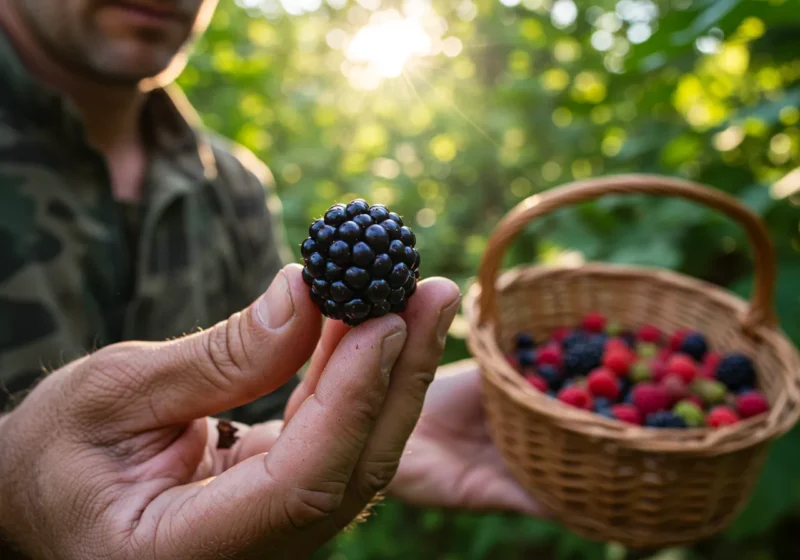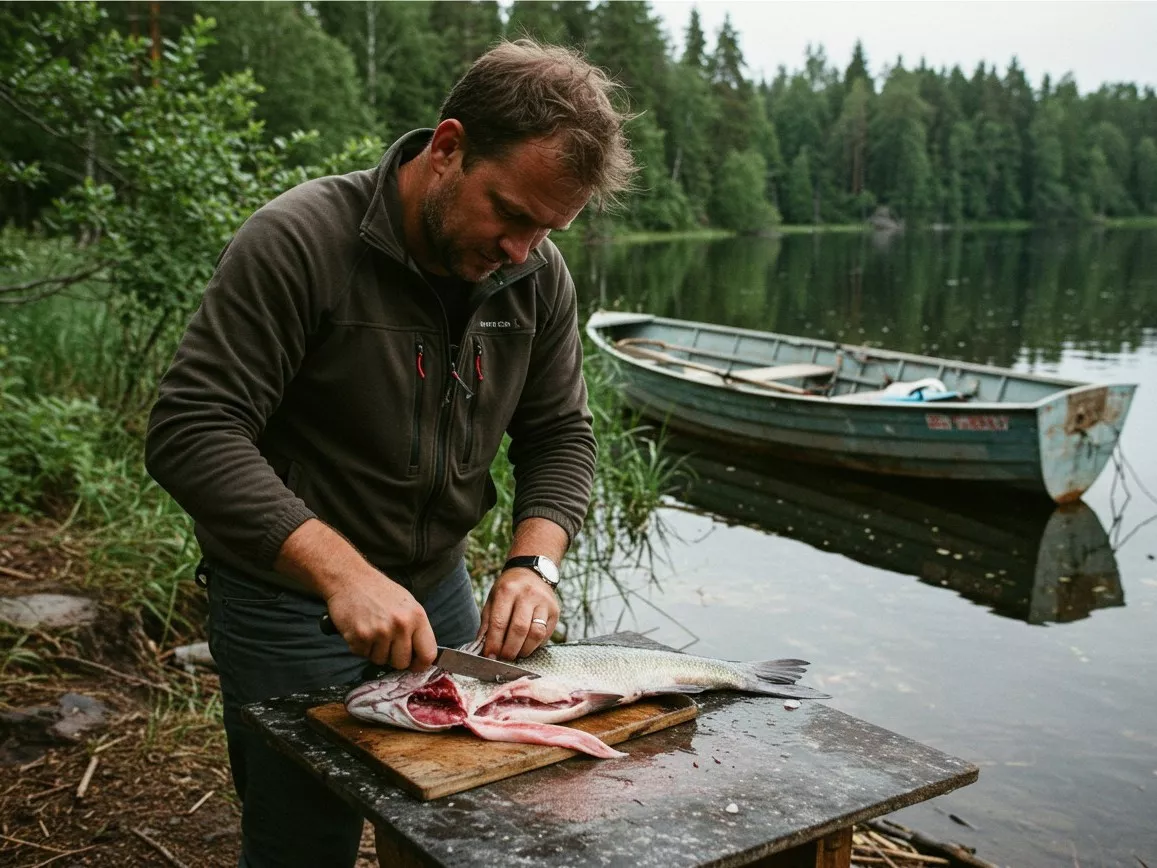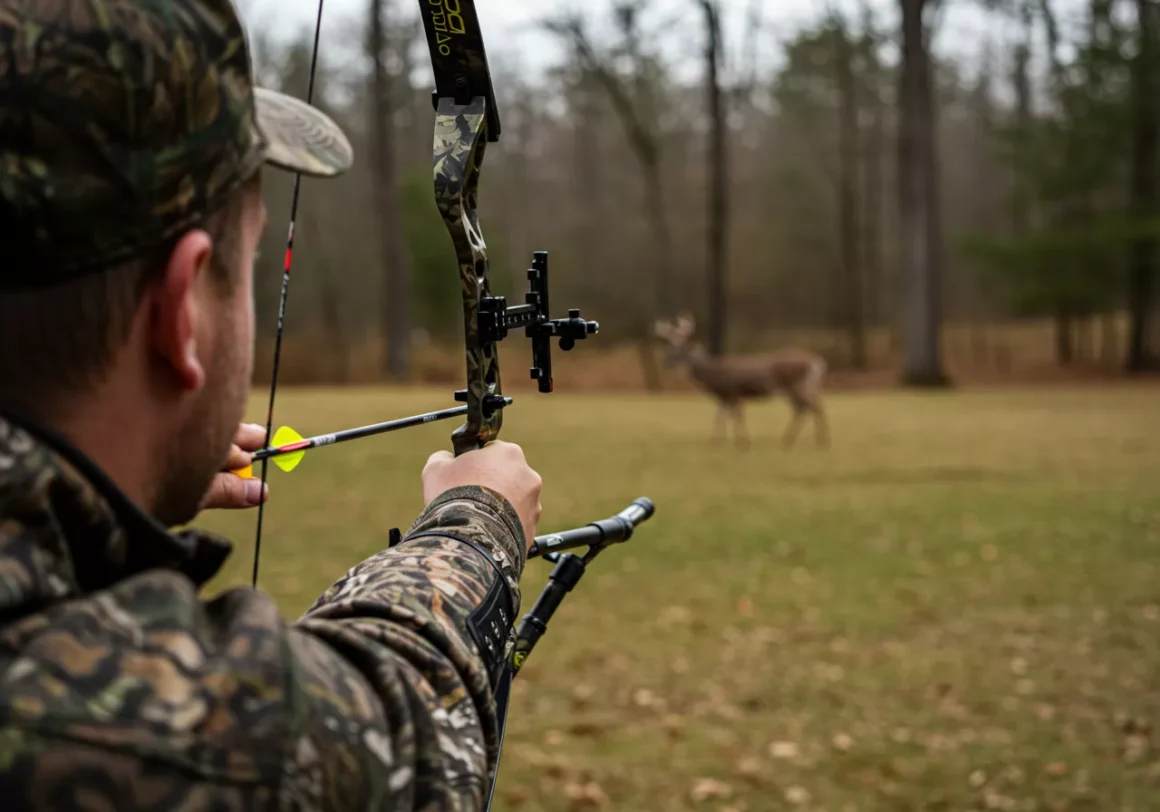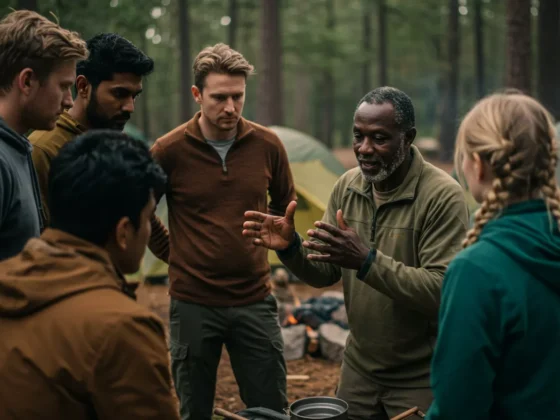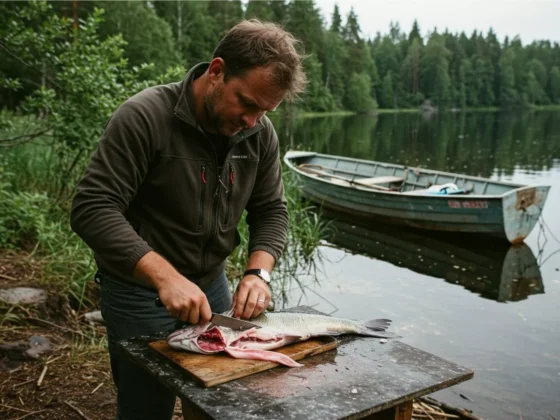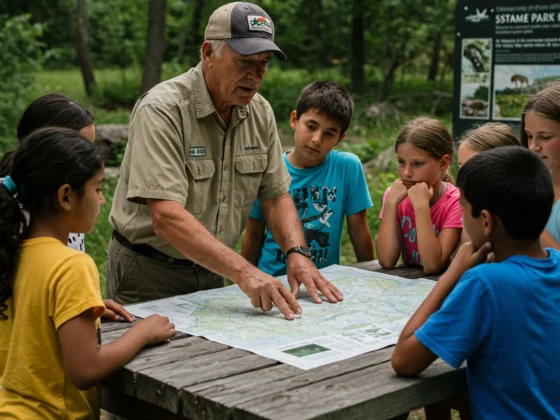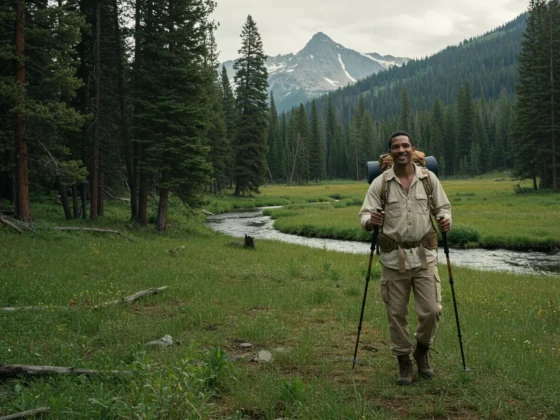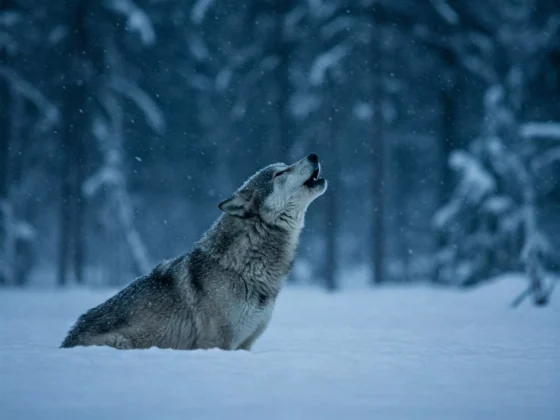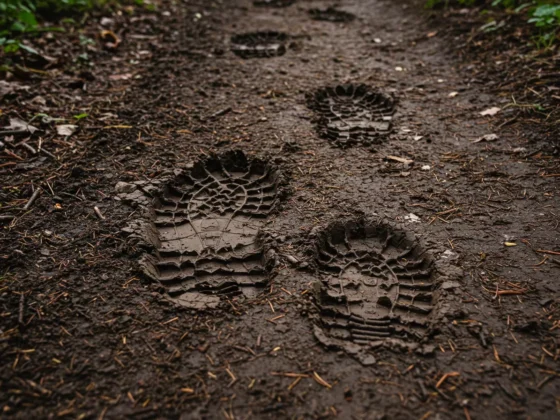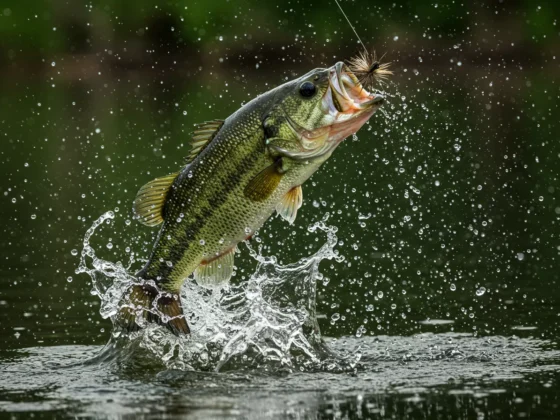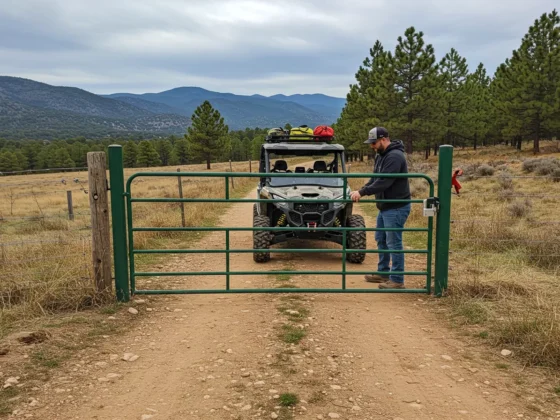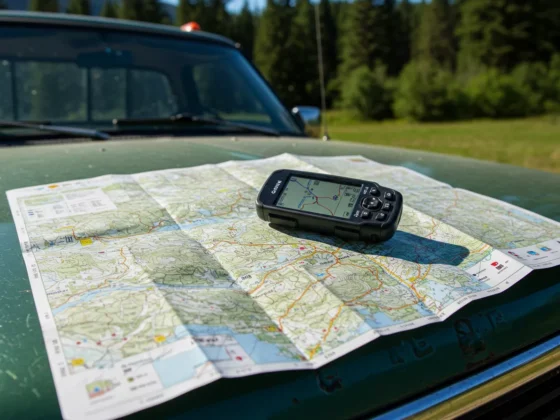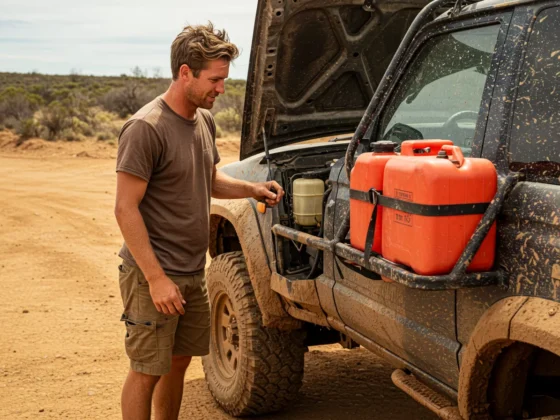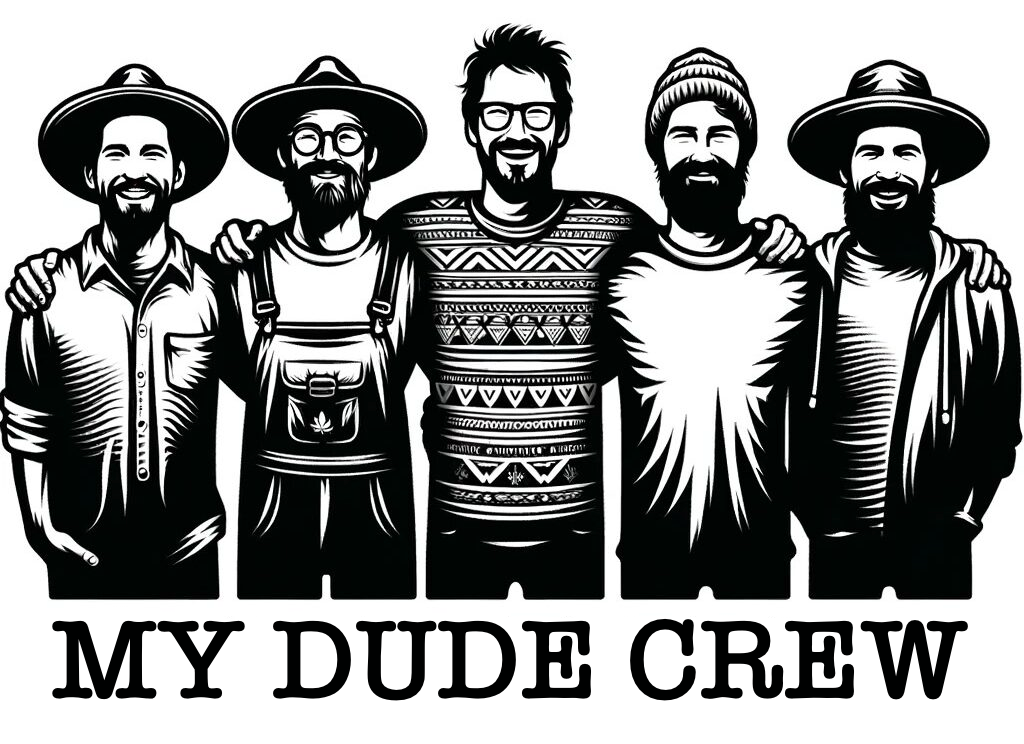Gather ‘round and let’s dive into something that hits close to home: finding a meal straight from the wild. There’s something deeply satisfying—almost primal—about stumbling upon a patch of wild ramps or catching sight of golden chanterelles glistening after a good rain. It’s a bond with the land that no grocery aisle can offer. But here’s the thing—and it’s important: that bond comes with responsibility. We’re not just passersby out here; we’re caretakers. Practicing sustainable foraging is how we make sure these natural food sources stick around for generations to come.
See, the woods, fields, and shorelines aren’t endless buffets. They’re complex ecosystems, and every plant, every mushroom, every berry patch plays a role. Go ripping through carelessly, and you don’t just hurt next year’s harvest; you can mess up the whole delicate balance. So, let’s break down how to do this right, like a true outdoors person who respects the source.
Rule Number One, Etched in Bark:
You hear me on this: POSITIVE IDENTIFICATION IS NON-NEGOTIABLE. I’ve seen folks get cocky, thinking they know a plant or fungus based on a blurry phone pic or a vague memory. Don’t. Do. It. The difference between a tasty treat and a trip to the hospital (or worse) can be incredibly subtle.
- Get a Good Guide (or three): Invest in regional field guides. Cross-reference information. Look at multiple pictures.
- Learn the Look-Alikes: Every edible seems to have a doppelganger, and often the look-alike is toxic. Know the specific, unique characteristics that differentiate the good from the bad.
- When in Doubt, Throw It Out: Seriously. Your ego isn’t worth your life. If you are even 1% unsure, leave it be or toss it.
Think of it like learning to navigate by the stars. You need to know Ursa Major from Orion, and you need to know what pointing to Polaris really means. Haphazard guessing gets you lost.
Gathering Like a Good Neighbor (Because You Are):
Once you’re absolutely certain about what you’ve found, how you harvest matters just as much as what you harvest. This is where the “sustainable” part really kicks in.
- Take Only What You Need: Planning on a small side dish? Don’t gather enough for a village feast. Be realistic about how much you’ll actually use before it spoils.
- Leave Plenty Behind: A common guideline is the “rule of thirds.” Take no more than a third of what you find in a single patch. This ensures there’s plenty left to reproduce, feed wildlife, and allow other foragers (human and animal) to share.
- Minimize Disturbance: Digging? Be gentle. Use a trowel or knife, not your hands ripping and tearing roots. For greens, cut leaves cleanly, don’t yank the whole plant. For berries, pick gently from the stem.
- Respect the Plant’s Life Cycle: Know when a plant is best harvested. Some are good in spring (like young shoots), others in fall (roots, nuts). Harvesting at the wrong time can stress or kill the plant.
- Check Local Regulations: Seriously, this is important. Many parks, state forests, or even private lands have strict rules or outright bans on foraging. Know before you go. Protected species are a hard no, no matter how tasty they look.
Imagine you’re tending a garden – you wouldn’t rip up all your carrots in July, right? You harvest when they’re ready and leave some for seed or later. Apply that same gardener’s mindset to the wild.
Gear That Helps, Not Hinders:
You don’t need a backpack full of gadgets, but a few thoughtful tools can make a big difference in harvesting responsibly.
- A Good Field Guide: As mentioned, non-negotiable. Get one specific to your region.
- A Sharp Knife or Shears: For clean cuts that don’t damage the plant like tearing can. A small folding knife is often all you need. Think about how a surgeon makes an incision vs. ripping off a bandage.
- A Basket or Cloth Bag: Avoid plastic grocery bags. A basket or cloth bag allows air circulation, keeping your haul fresh. More importantly, it lets spores or seeds drop back onto the forest floor as you walk, helping the patch regenerate. It’s like a natural seed dispenser!
- Gloves: Useful if you’re dealing with thorny plants or things that might cause skin irritation.
Common Pitfalls to Avoid (We’ve All Learned Lessons):
- Foraging Near Roadsides or Industrial Areas: Plants soak up pollutants. Stick to cleaner environments.
- Getting Greedy: Taking too much. It’s tempting when you find a motherlode, but remember the rule of thirds.
- Not Knowing Land Ownership/Rules: Trespassing is illegal, and harvesting on protected land is harmful and often illegal.
- Misidentification (Worth Repeating!): Seriously. Don’t risk it.
Your Sustainable Foraging Checklist:
- ✅ Positive ID – Absolutely 100% certain?
- ✅ Know the Look-Alikes?
- ✅ Check Local Regulations?
- ✅ Plan to take only what you need?
- ✅ Will I leave plenty behind (Rule of Thirds)?
- ✅ Do I have the right tools for clean harvesting?
- ✅ Is this location free of potential pollutants?
- ✅ Am I prepared to walk away if unsure?
Foraging sustainably isn’t just about being nice to the plants; it’s about ensuring that the experience, that deep connection to the land and its bounty, remains vibrant for generations to come. It’s about being a respectful participant in the natural world, not just a consumer. So, get out there, explore, learn, and gather wisely. The woods are waiting.

